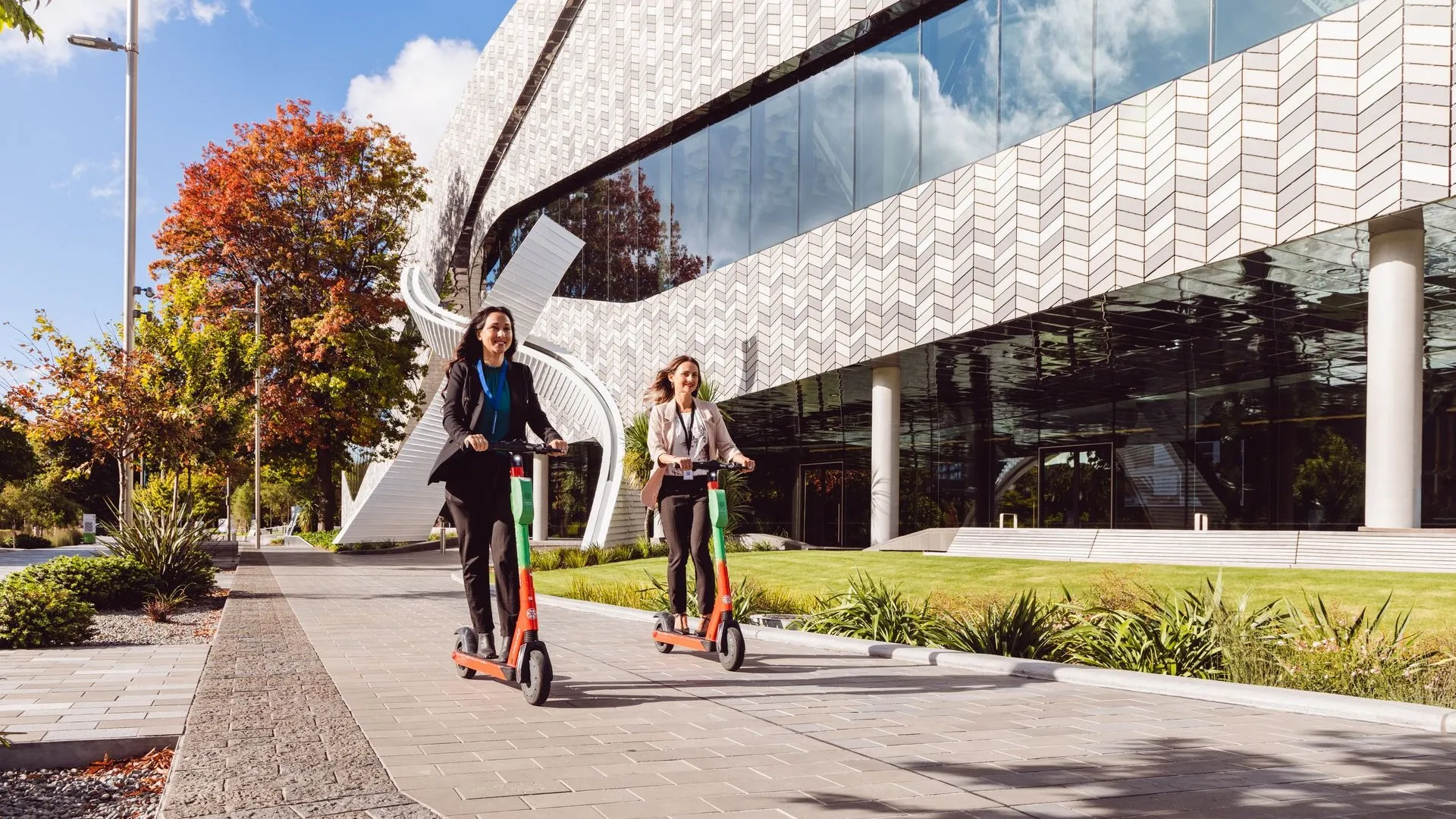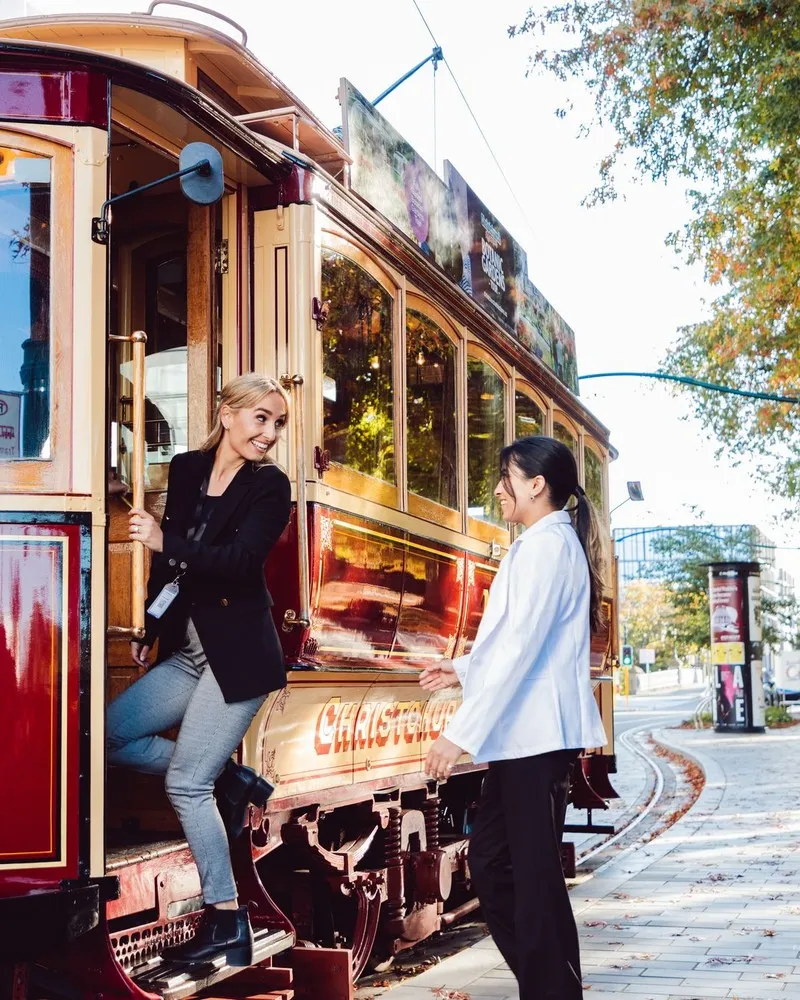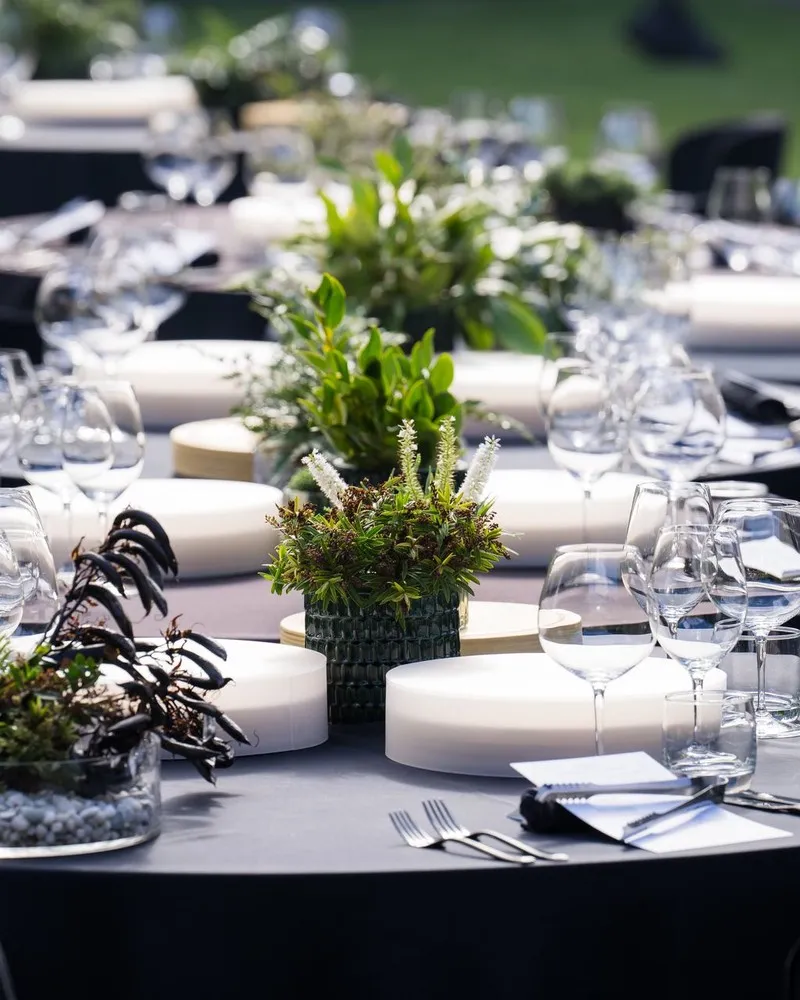Meet in Ōtautahi Christchurch
Be in Christchurch for unforgettable business events. Experience world-class venues, breathtaking landscapes and seamless connectivity. Find balance around every corner, in a city that knows how to host. Whether you’re planning a conference, incentive, or tradeshow, you’ll find the perfect space, place and people here.


meet
Why host in Ōtautahi Christchurch?
Christchurch is New Zealand’s premier business events destination.
Our city has been designed with people in mind. The modern, vibrant inner-city is purpose-built for hosting international and domestic conferences, meetings, exhibitions and incentives.
Discover why Christchurch is an excellent destination to host your next business event.
meet
Plan your event
Tools and resources to help you find conference venues, event services and plan your next business event, meeting or conference in Ōtautahi Christchurch or Canterbury.


meet
Find your space
Discover award-winning architecture, inspiring public art, restored heritage venues and brand new meeting spaces set amongst beautiful parks and gardens.
meet
Find the perfect event service
We're here to help you find accommodation, PCO's and meeting planners, caterers, transport, activities and more - all you need to host your next event in Christchurch and Canterbury.


business events
How we can help
Find out how the Business Events team can assist you in bringing your next business event to Ōtautahi Christchurch including; helping you produce a competitive bid to bring your next Australasian or international conference to Christchurch, compiling a formal event proposal for your event or applying for funding for your event.

Contact
We’re here to help, get in touch today
ChristchurchNZ Business Events team provides a free, impartial service for you and your clients.


